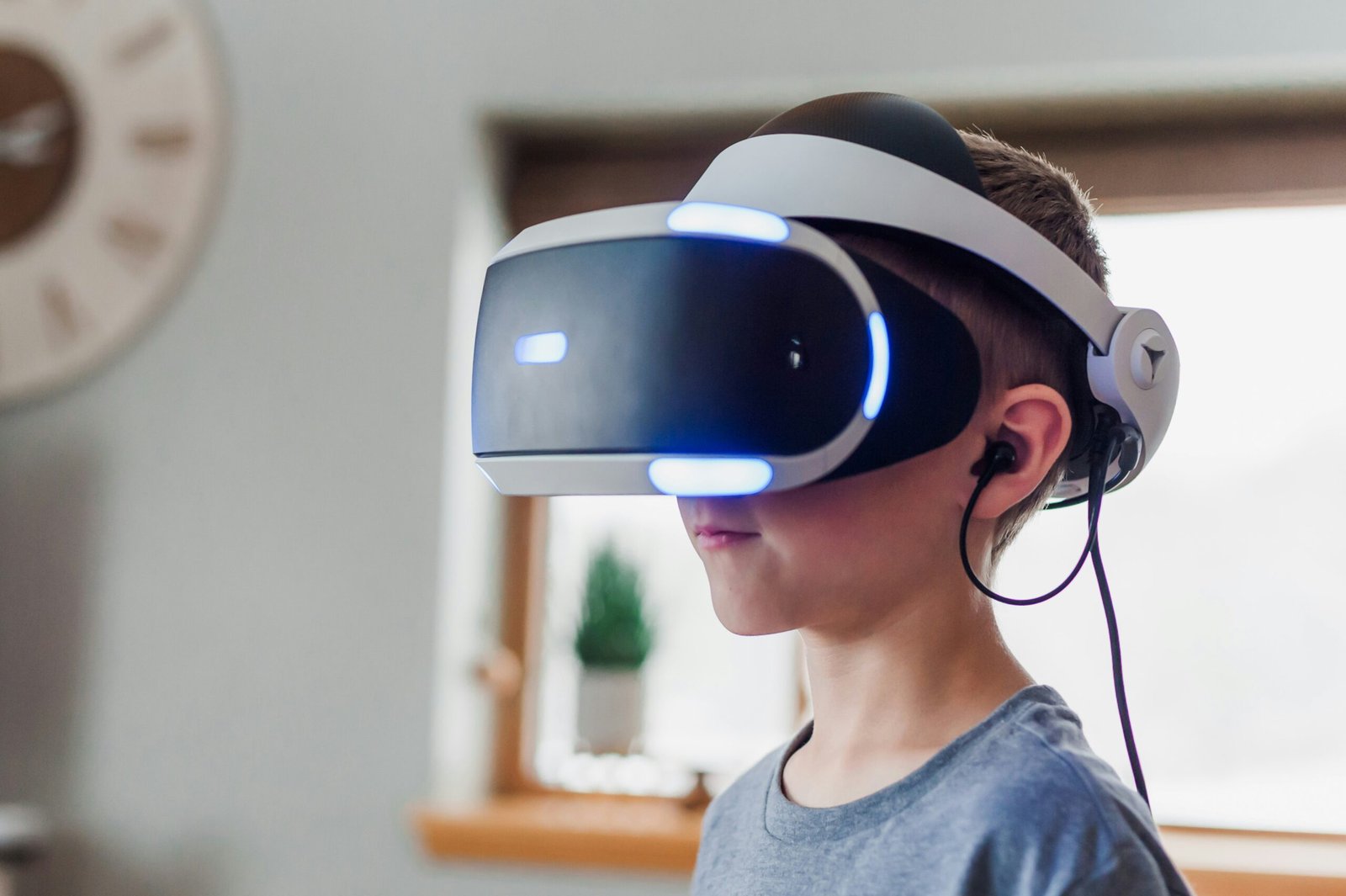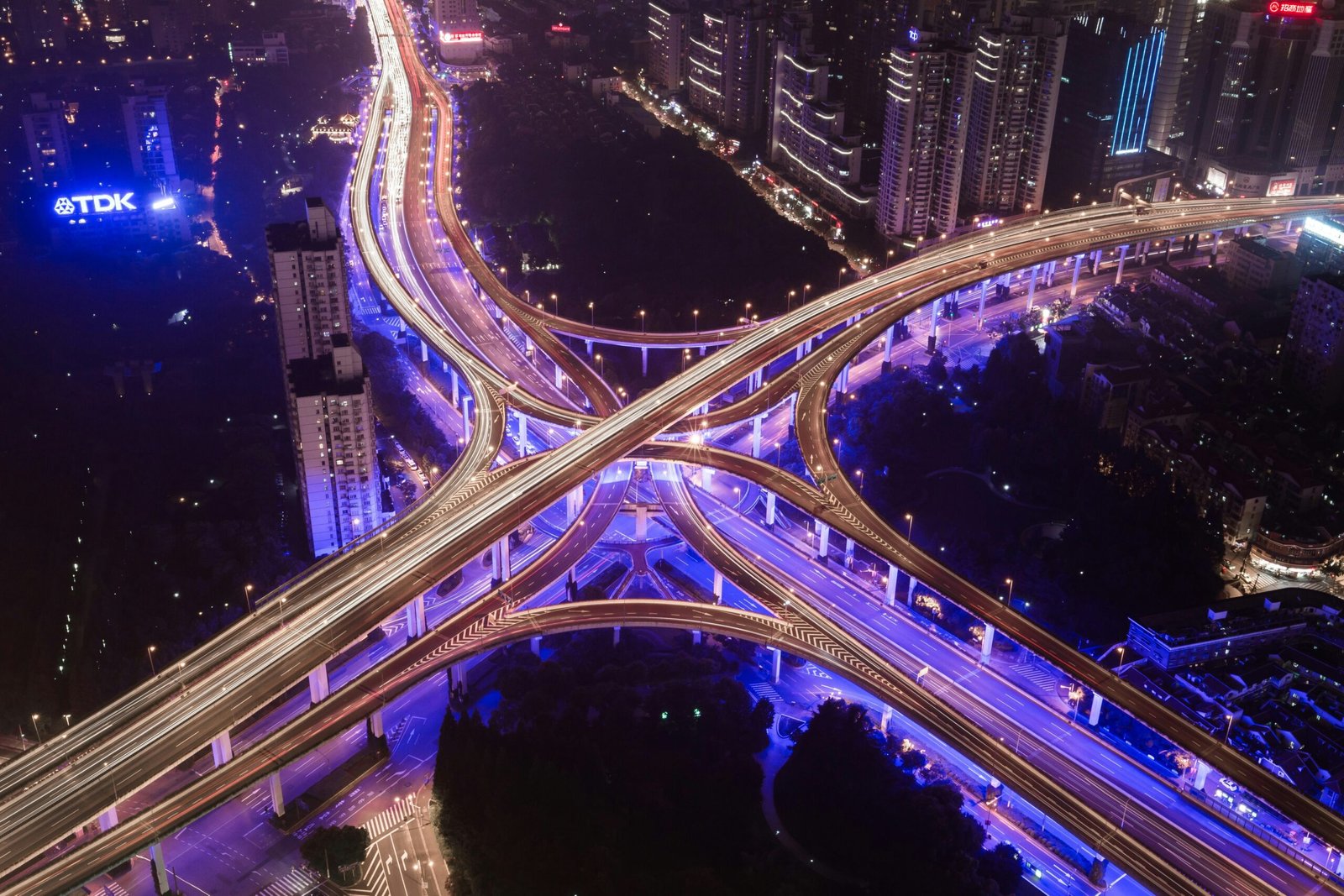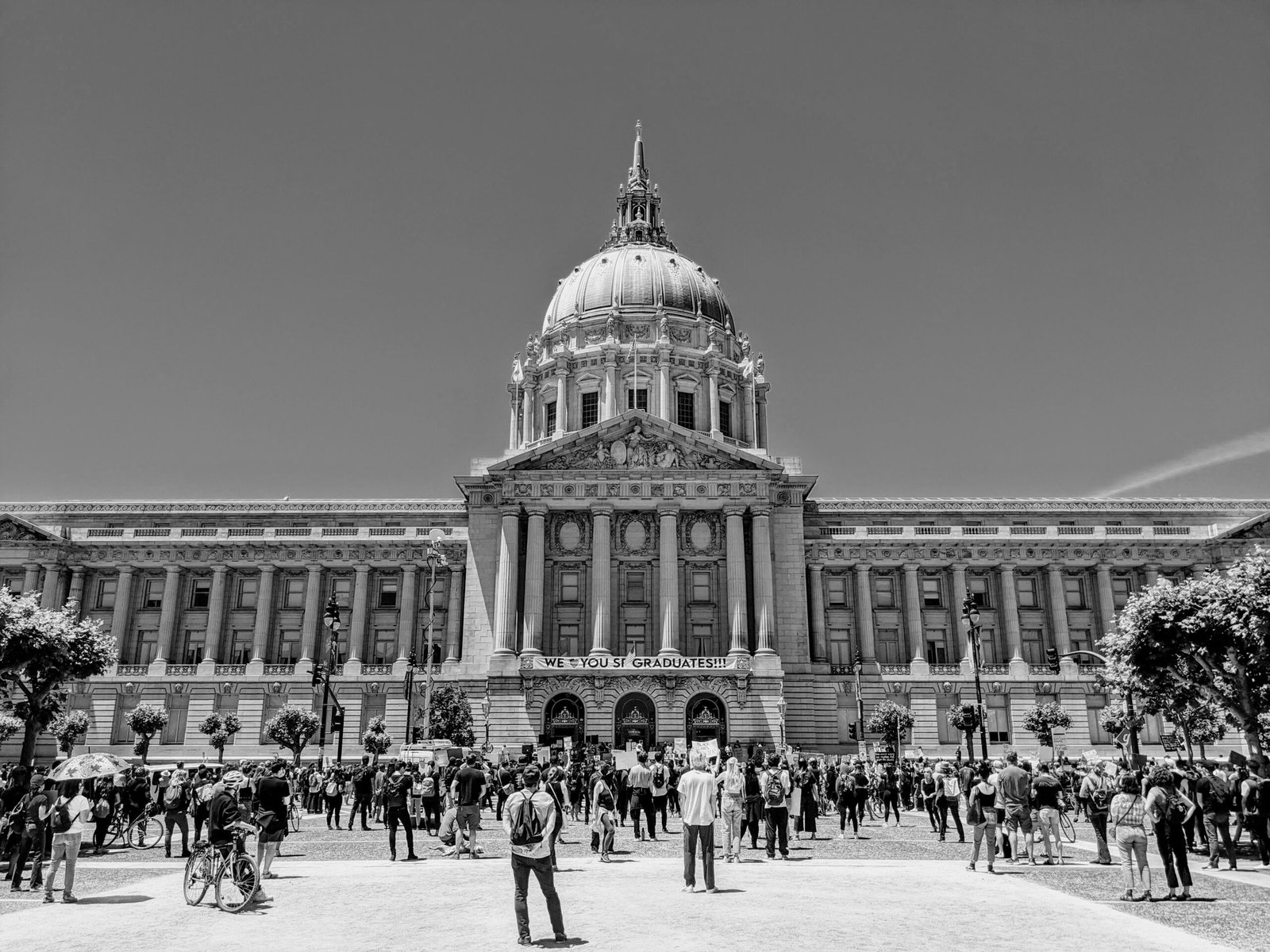Introduction
The advancement of technology has revolutionized the way we live, work, and travel. One area that has seen significant development is the field of transportation. Intelligent Transportation Systems (ITS) have emerged as a solution to the challenges faced by traditional traffic management systems. These systems leverage cutting-edge technologies to improve traffic flow, reduce congestion, and enhance safety. A crucial component of ITS is the user interface (UI) and user experience (UX) design, which plays a vital role in ensuring the effectiveness and efficiency of these systems.
The Importance of UI/UX Designs in ITS
UI/UX designs are critical in ITS as they directly impact the user’s interaction with the system. A well-designed UI/UX can make the difference between a successful and efficient traffic management system and a confusing, ineffective one. Here are some key reasons why UI/UX designs are important in ITS:
1. User-Friendly Interface
A user-friendly interface is essential for any system, and ITS is no exception. A well-designed UI ensures that users can easily navigate through the system, access the information they need, and perform tasks efficiently. Clear and intuitive menus, buttons, and icons can greatly enhance the user experience and make the system more accessible to both traffic management personnel and the general public.
2. Real-Time Data Visualization
One of the significant advantages of ITS is the ability to collect and analyze real-time data to make informed decisions. UI/UX designs play a crucial role in presenting this data in a visually appealing and easily understandable format. Graphs, charts, and maps can help traffic management personnel quickly identify traffic patterns, congestion areas, and potential bottlenecks. This enables them to take immediate action and optimize traffic flow.
3. Customization and Personalization
Every transportation system is unique, and ITS should be able to adapt to the specific needs of each system. UI/UX designs should allow for customization and personalization, enabling traffic management personnel to configure the system according to their requirements. This flexibility ensures that the system can be tailored to the specific challenges and constraints of a particular transportation network, making it more effective in managing traffic.
4. Integration of Multiple Systems
ITS often integrates various technologies and systems, such as traffic sensors, surveillance cameras, and communication networks. UI/UX designs should facilitate seamless integration and provide a unified interface for managing these diverse components. A well-designed UI/UX ensures that all relevant information and functionalities are easily accessible from a single interface, reducing the need for users to switch between multiple systems or applications.
5. Accessibility and Inclusivity
UI/UX designs should prioritize accessibility and inclusivity to ensure that the system can be used by a wide range of users, including individuals with disabilities. Features such as text-to-speech, color contrast adjustments, and keyboard navigation options can make the system more accessible to everyone. By considering the needs of all users, UI/UX designs can enhance the usability and effectiveness of ITS.
Challenges in UI/UX Designs for ITS
While UI/UX designs are crucial for the success of ITS, they also come with their own set of challenges. Some of the key challenges faced in designing UI/UX for ITS include:
1. Complexity
ITS is a complex system that involves the integration of multiple technologies and data sources. Designing a UI/UX that effectively presents this complexity in a simple and intuitive manner can be challenging. Balancing the need for comprehensive information with a clean and uncluttered interface requires careful consideration and expertise.
2. Data Visualization
Presenting real-time data in a visually appealing and easily understandable format is a significant challenge. Designers must find innovative ways to represent complex data sets, ensuring that the information is clear and actionable. The design should strike a balance between providing a comprehensive overview and allowing users to drill down into specific details.
3. Usability Testing
Usability testing is crucial in UI/UX design to ensure that the system meets the needs of its users. However, testing ITS can be challenging due to the real-time nature of the data and the complexity of the system. Designers must find ways to simulate real-world scenarios and gather feedback from users to continuously improve the UI/UX design.
Conclusion
UI/UX designs play a vital role in the success of Intelligent Transportation Systems. A well-designed interface can enhance the user experience, improve traffic management efficiency, and contribute to safer and more sustainable transportation networks. Despite the challenges, continuous innovation and user-centered design approaches can lead to more effective UI/UX designs for ITS, paving the way for smarter traffic management in the future.












Leave a Reply